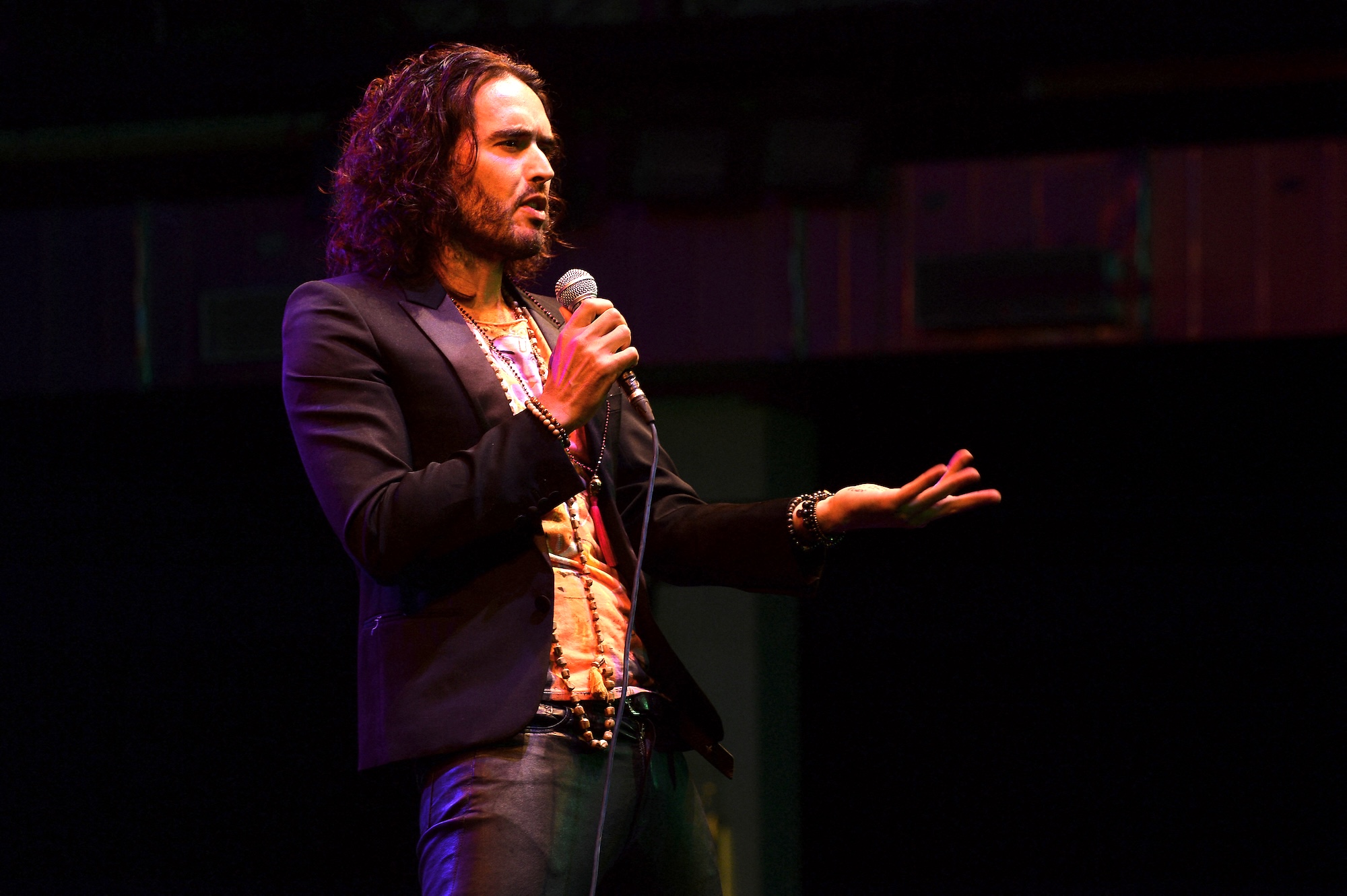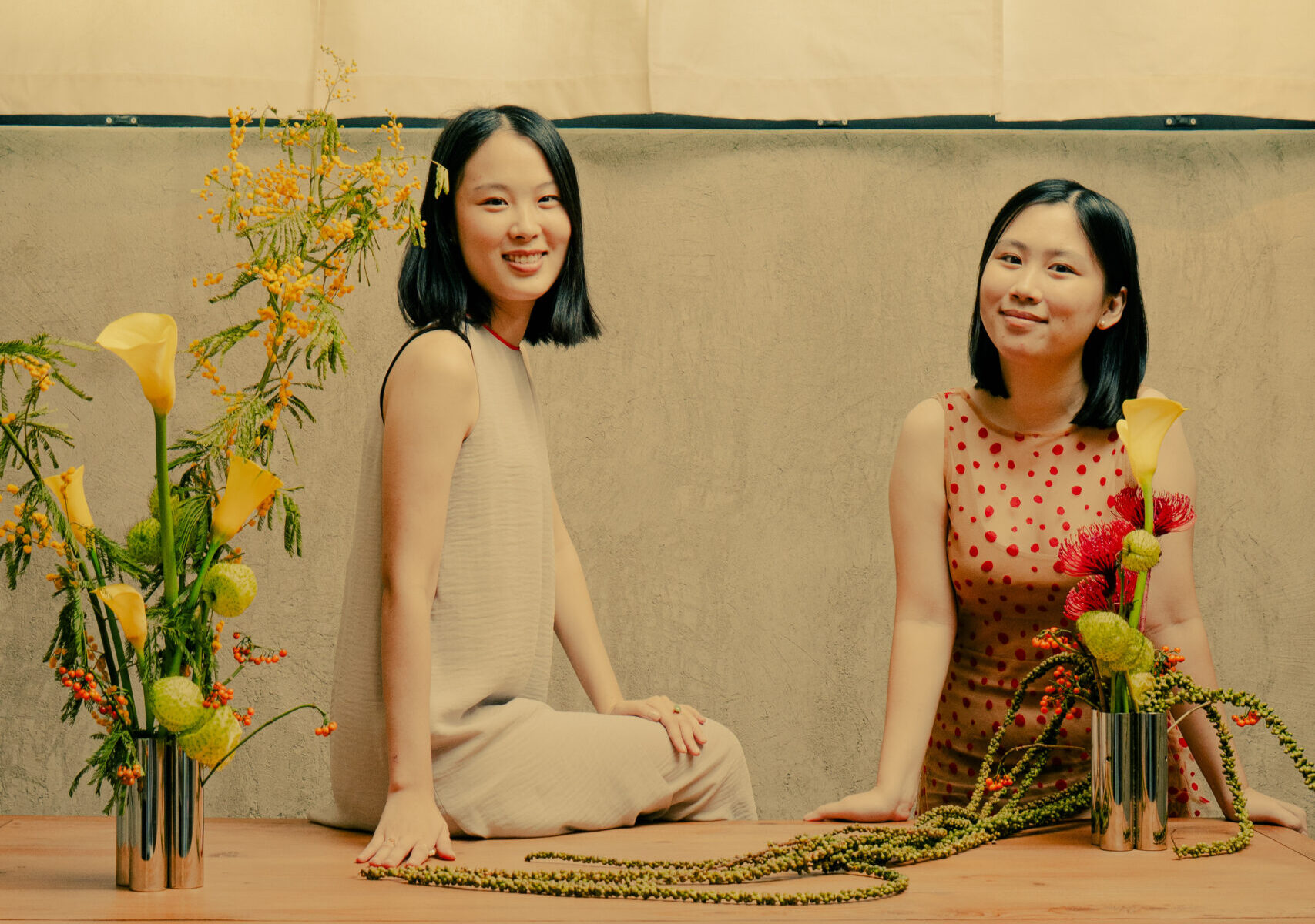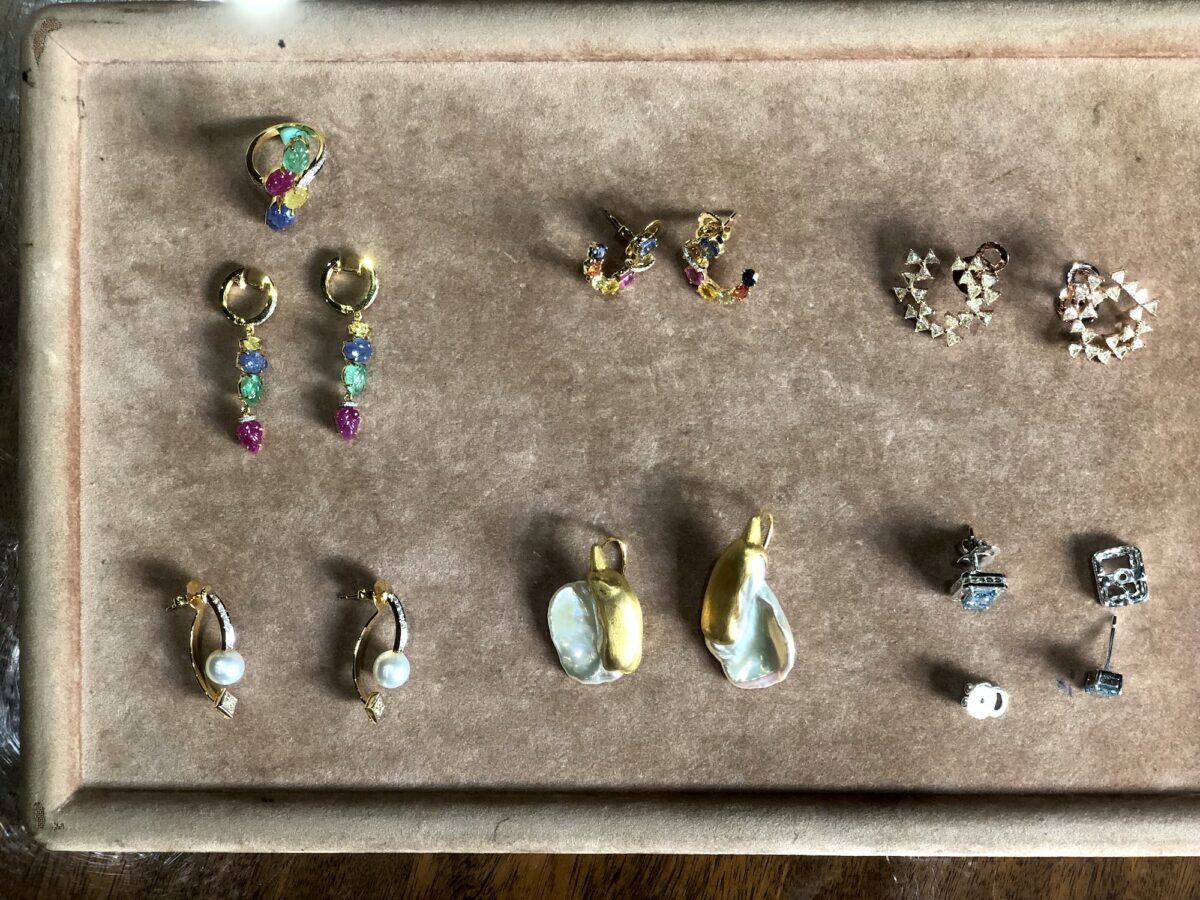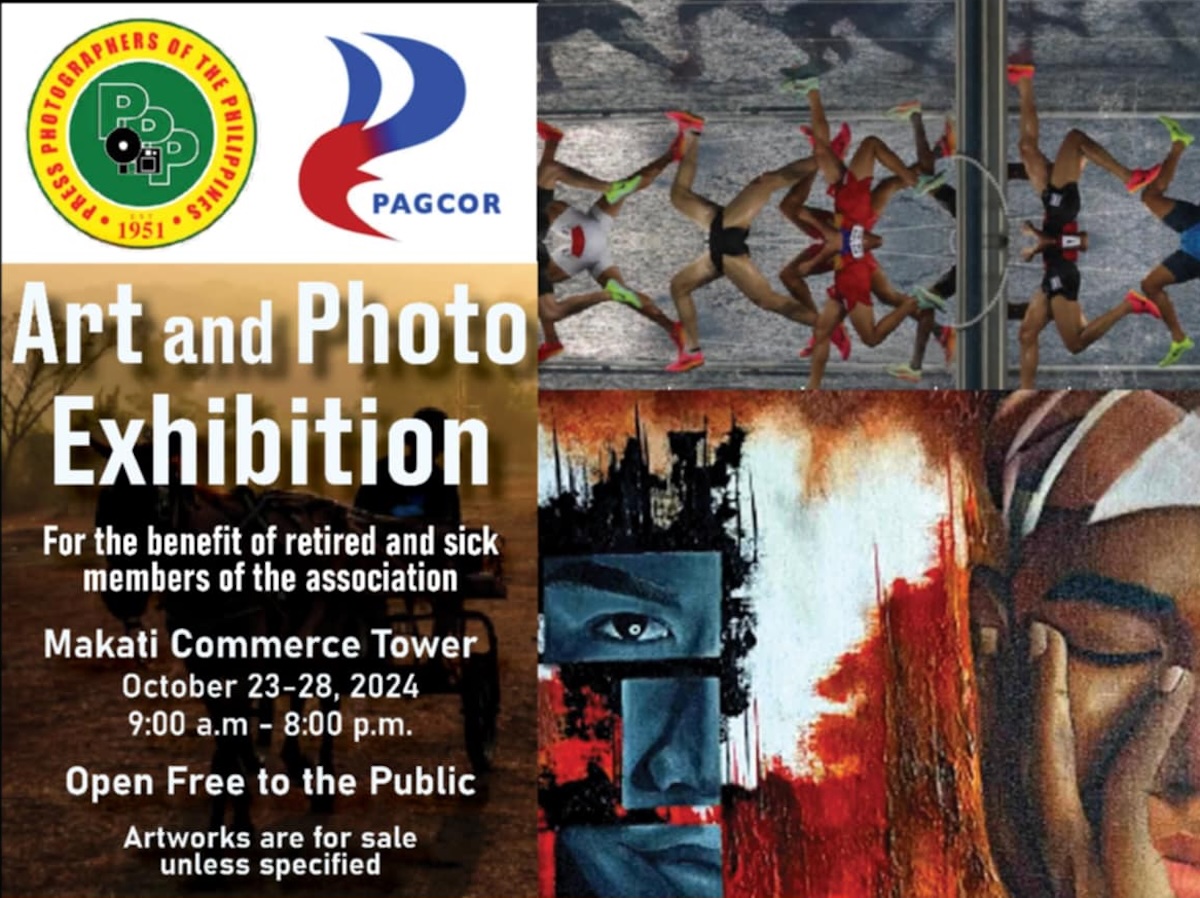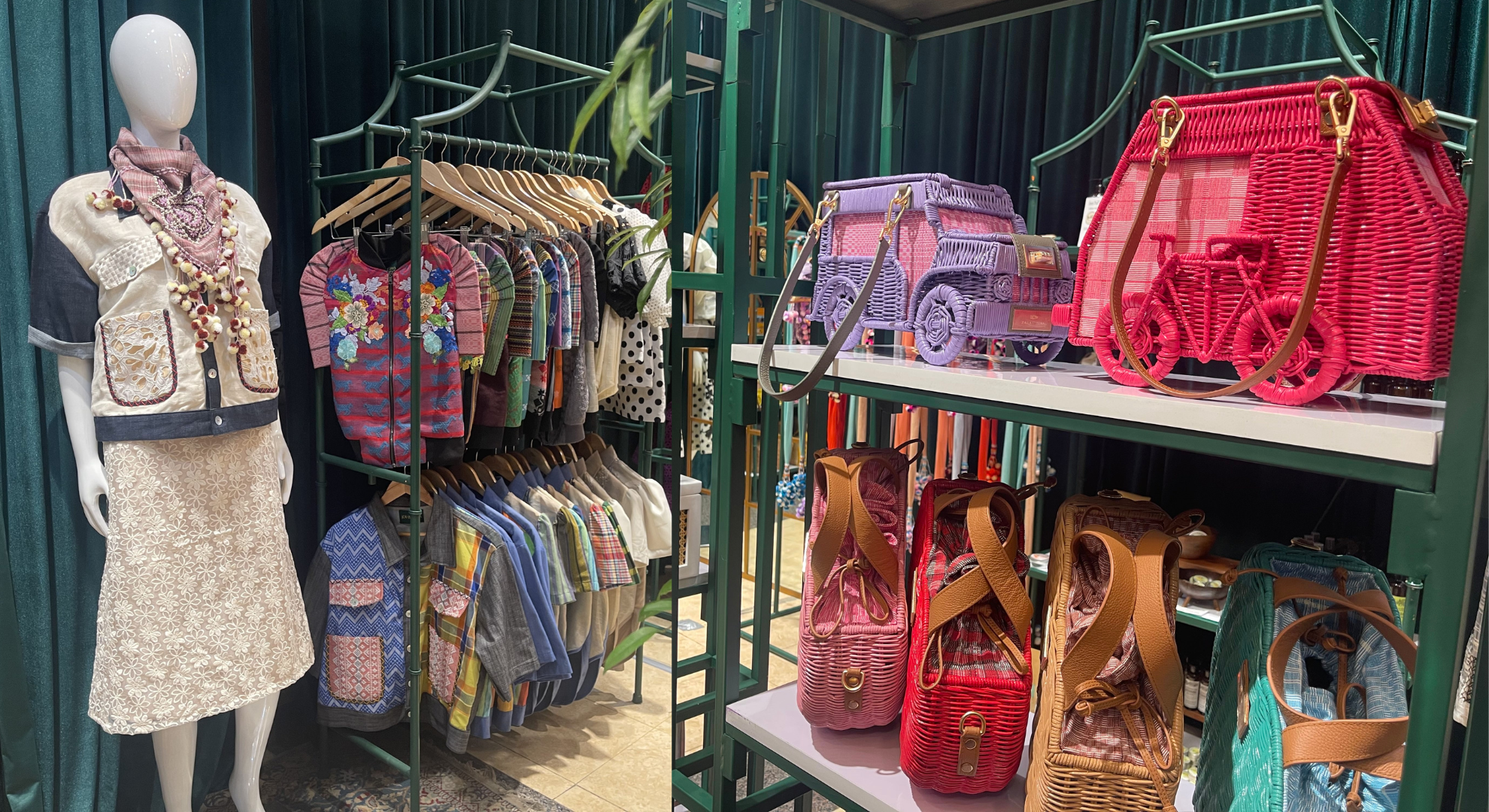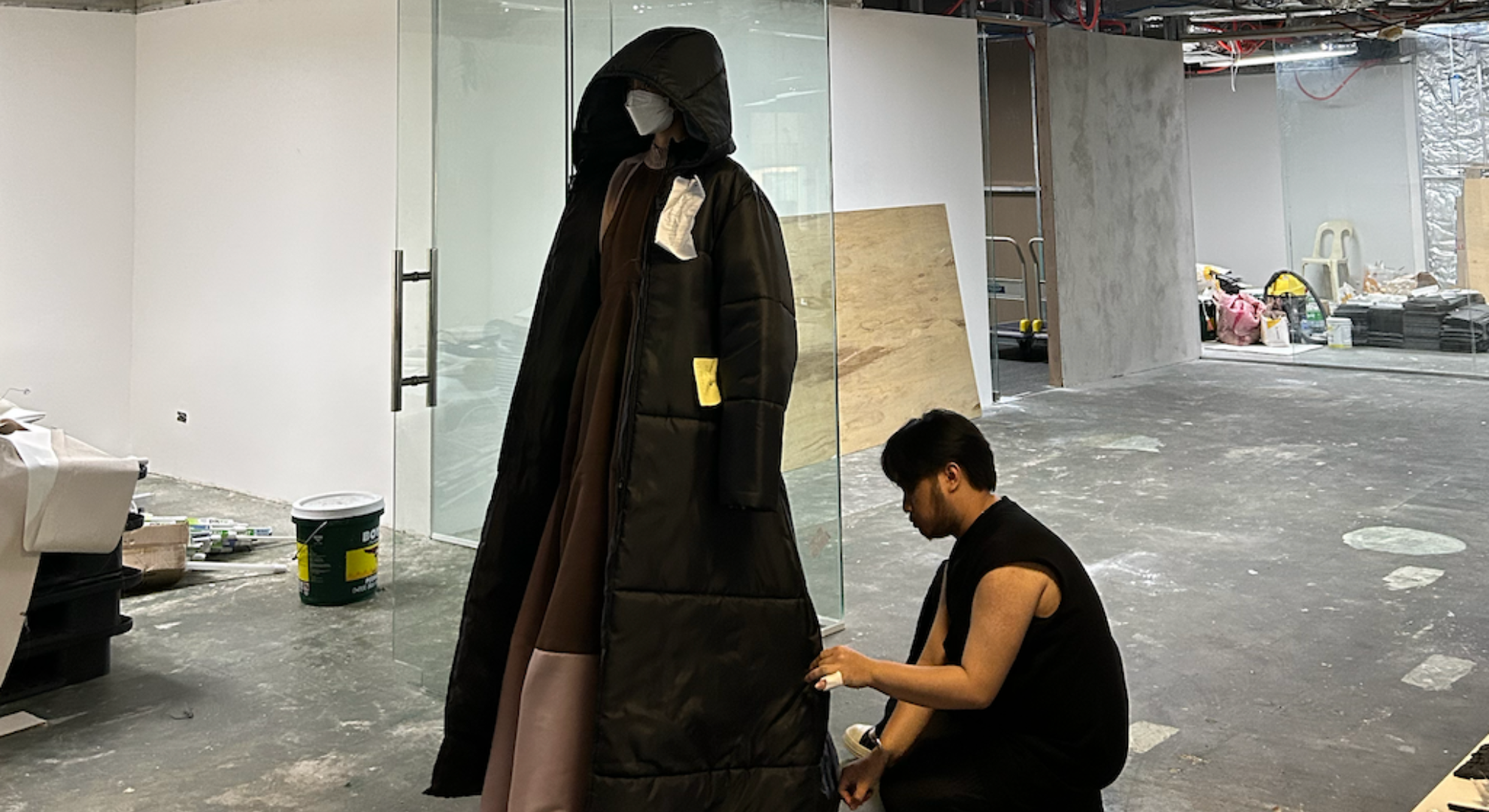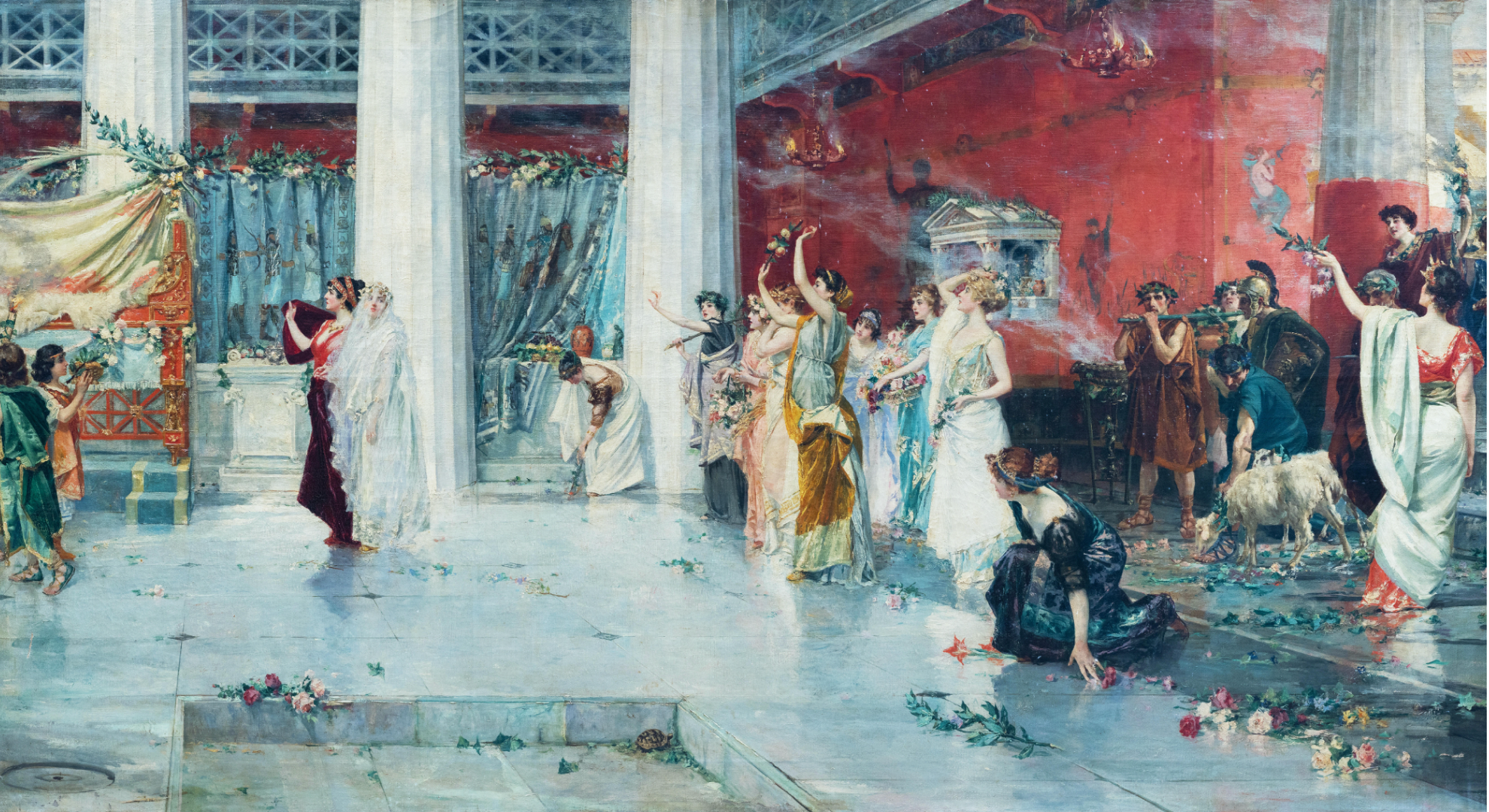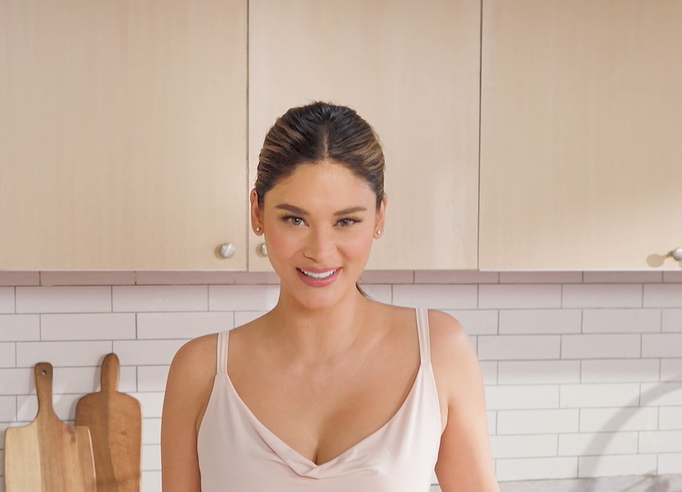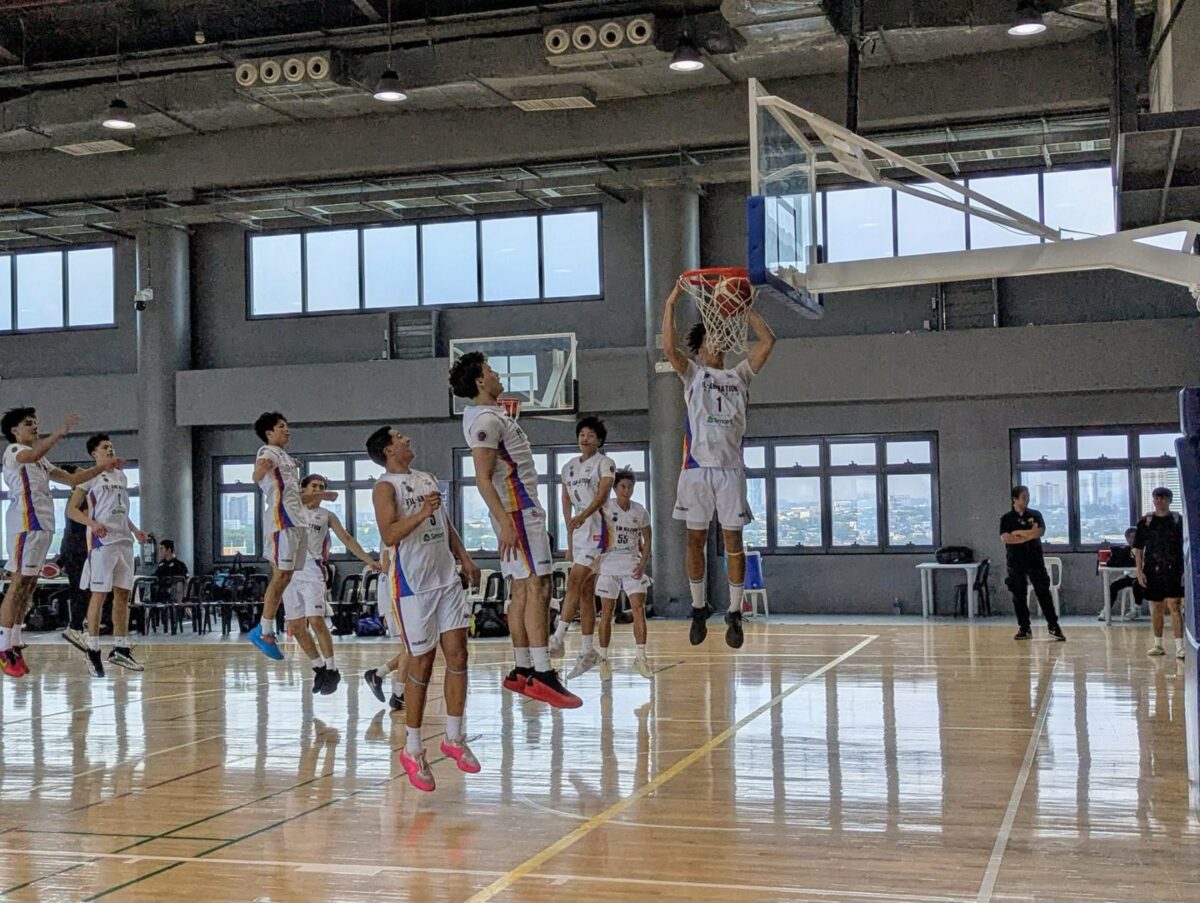An intriguing new group exhibition gathers the work of five emerging young artists with diverse practices under the umbrella of one of the most elusive yet evocative of human experiences: dreams.
The exhibition entitled “Dream Sequence” includes new work developed within the past year from artists Wipo, Celine Lee, Pam Quinto, Miguel Lorenzo Uy, and Jed Gregorio.
“Dream Sequence” opened last June 26 in Modeka Art Gallery in Makati, Manila, and is on view until July 19.
According to the show notes, the artists “respond to the storytelling technique of the dream sequence as a point of departure for modes of artistic inquiries that deal with themes of the paradoxes of tactility and conceptuality, belief systems and post-Internet intimacy, and the fragmentary phenomenology of perception and memory.”
Below we talk to the five artists about their larger art practices, fuzzy dream logic, and the place of the physical exhibition in a virtual world.
Can you tell us about your work in the show from within the context of your larger art practice?
Wipo: “Eye Level” is a progressive project I started last year during lockdown and since my practice revolves around perception, imagination, and memory, I decided to expand the idea to three dimensional work and painting.
Celine Lee: “Earth To Me, Me To Earth (2021)” is an iteration of my disinfection series, which I started during the onslaught of the pandemic. Using a combination of household bleach and chlorine granules, I erase the dye from the abaca paper revealing parts of its natural color. The manner of erasure is what produces the image. Rendered using a 3D software, the image is a montage of topographies of different cities I’ve visited on Earth thus far. The image is also a reference to a dream I had once about the inevitability of my passing, of never being able to experience all that encompasses the universe.
For most of my artistic career, I’ve been producing works with the use of different materials and media, often focusing on process and materiality. Whether in the form of a painting, a sculpture, an embroidery piece, or multimedia work, I try to explore the ability of visual perception and spatial recognition to invoke concepts that extend beyond form.

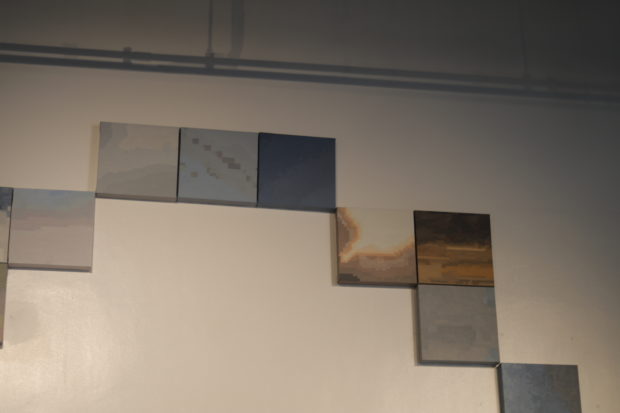
Pam Quinto: “Feels like a glitch or déjà vu” is a series of lenticular photos with anecdotes of my dreams, like postcards from my dream self. The work seeks to capture the errant shifts one experiences within a dream, where time and space are nonlinear, allowing multiple permutations.
The work fits within my attempts to blur the line that divides the public and private, through the use of personal anecdotes and images. My practice endeavors to articulate a sense of intimacy and vulnerability wherein remnants of memory, among other themes, are seen and felt.
Miguel Lorenzo Uy: The work I produced for this show “Abstraction (24H)” stems from my fascination with how time and space have evolved to become something that’s contracted and at the same time, dilated; something that is given and also taken away — all due to the incorporation of technology-based solutions in our daily lives. The works in my art practice try to make sense of the paradoxes that come with development or progress, especially with advancements in different fields like science, economics, etc.
The paintings are actually images of the sky, each an hour of the day according to the metadata embedded within it. The images of the sky are a reference to what’s known as cloud computing, where you can upload, share, and access your files from any of your devices wherever you are. I then cropped a small part of the file and saved it to its lowest resolution and proceeded to use them for the 24 paintings, also referencing abstract paintings from the post-war era.
Jed Gregorio: Some of the works in “Babylon Suite” I had been developing parallel to producing the performance-film “King of Babylon”, like the paintings, for example. So there have always been these other things — landscapes, poetry, latent energies, if you will — at the periphery of the work. The idea for “Babylon Suite” is to attempt to tap into the parts where several of those motifs remain open, not to abandon them. There is a line in the “Chorus of the Hebrew Slaves” from the opera “Nabucco” that says: golden harp of our prophets / why do you hang silently on the willow? “Babylon Suite” is about rediscovering that golden harp and daring to play it, even with cruder hands.
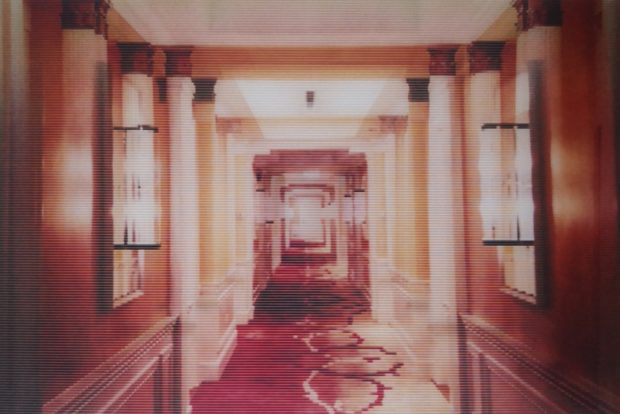
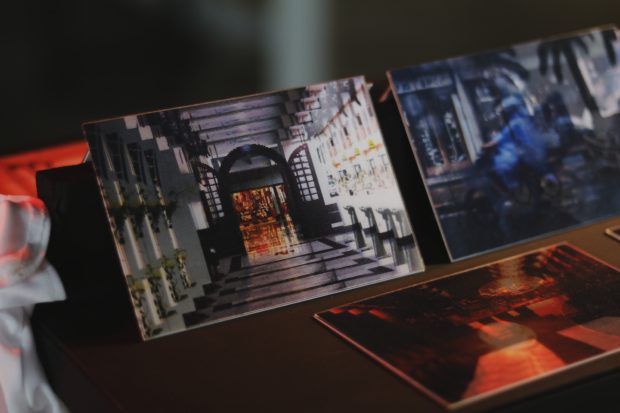
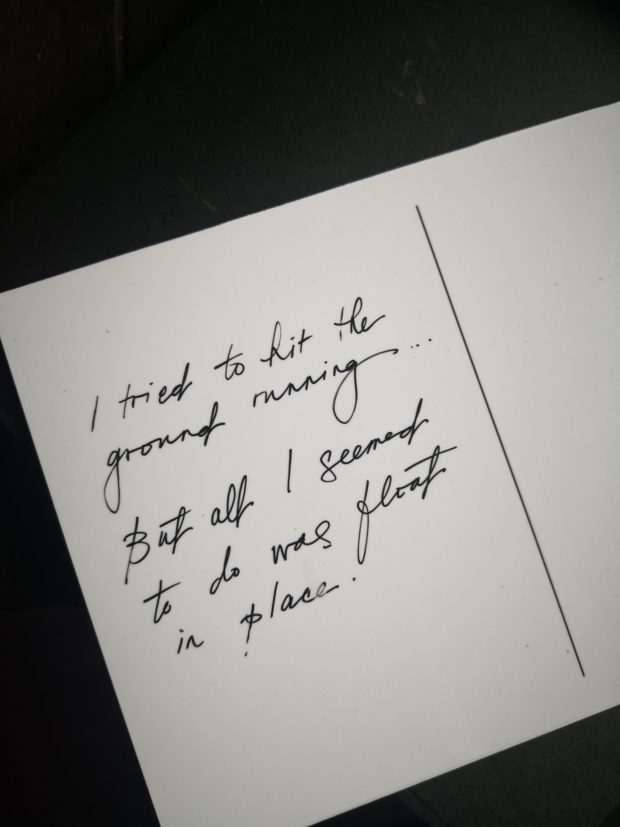
Before this exhibition were there already aspects of your art practice where the dream sequence became a tool or subject matter for conceptualizing?
Wipo: There’s something in sleeping or dreaming that I can’t explain well. My first series of portraits entitled “People from Last Night” were actual people I saw in my dreams and actually met in real life randomly. I nap at least twice a day and dream in black in white.
Celine Lee: Since most of my works don’t have a narrative framework, I would say no.
Pam Quinto: I haven’t explored dream sequences in my practice prior to this exhibition, but I think drawing prompts from experiences and recounting memories in previous works still very much ties in with the show’s subject matter. Everything coalesces within the dreamscape, our memories, fears, even precognition. I had already been jotting down a few dreams over the years, ones that I do manage to remember.


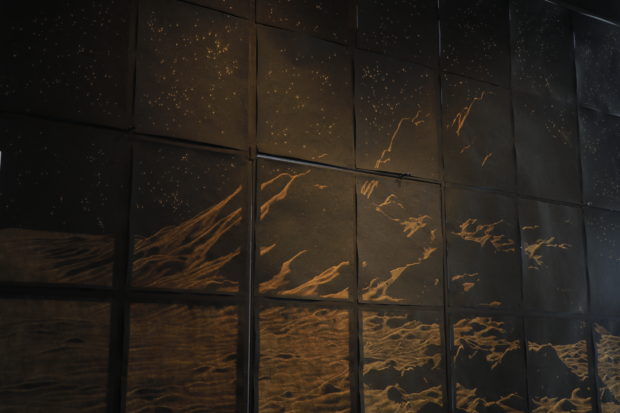
Miguel Uy: I never thought of the dream sequence becoming a tool or a subject matter for conceptualizing, but the opportunity to be a part of this show is a starting point for me. For my piece, I focused on a very common and cliche shot used in dream sequences: the cloud timelapse shot. For the digital photos of clouds to have a physical manifestation (to paint them by hand) for me is the perfect act in strengthening my idea of how the simulated becomes a part of physical reality. I haven’t thought about or utilized the dream sequence as a tool for conceptualizing in the past, but this definitely opened another path for me to explore and see things in another perspective.
Jed Gregorio: I often joke about it, when I’m asked to explain a work and I’m not able to articulate it well, I say that it came to me in a dream. I’m fascinated with our experience of dreams, how dreams can be fundamentally convoluted yet have this undoubted coherence deep inside them, some of which you immediately lose upon waking. Dreams are bodiless ghosts; the dream sequence is pure fabrication. I’d like to think the works in “Babylon Suite” function the same way, like shrapnels from a distant explosion.
With your piece or pieces in the show what were your considerations about showing within a group or alongside each other? Did discussions with each other affect or contribute to how you approached your work for the show?
Wipo: I think we did a great deliberation when it comes to presenting and curating the artworks. One factor was that we have known the practice and behavior of each other for quite a while now.
Celine Lee: When I conceptualize for an exhibition whether for a solo or a group exhibition, it’s either I work around the pre-existing concept or if there isn’t any concept yet, I try to do a site-specific work just to get ideas running. Initially, there was no concept for the exhibition yet, so working with the windows at Modeka became an easy target for me. I always thought that the layout of their space was interesting and challenging at the same time.
During the whole process of brainstorming for the concept of the show and discussing individual ideas, we found a way to patch them together into a concept: Dream Sequence. In one of our Zoom meetings, Jed was talking about his idea of trying to recreate a dream he had. This is where it dawned on me that our individual works have qualities of a dream within them — where there is a thin line of being illusory and of existing in reality.
Pam Quinto: Conversations shape some of our ideas, or make them robust. Our group’s discussions definitely contributed to my final output. I had a totally different initial idea, but over the course of our discussions, the works in progress being shared, the ideas on memory, time, and space. This instinct of wanting to capture the feeling of being drawn into shifting scenes and perspectives crept in. The multiplicity and scale of the other works were some things I responded to as well, to contribute to the rhythm of the exhibition. I eventually arrived at this concept that responded and meshed with the other works.
Miguel Uy: We were invited by friend and fellow artist Wipo around late 2020 to join this group show and initially, I had no idea on how our works could align with each other in terms of our very diverse lines of artistic practice. From then on, we would occasionally talk about our ideas via Zoom and somehow we slowly saw the connections. It was only a matter of bringing everything together under one common denominator (the conception of the “Dream Sequence” idea) that would eventually have the works somehow curate themselves in a way where everything just worked out. I think our Zoom discussions had greatly influenced and affected how I (or we) saw my (or each other’s) work and how it evolved to become what it is presently. I was the first one in the group to come up and share an idea about my initial plans for the piece I’ll be presenting. My idea was initially too rigid and concise at first but evolved to somehow share a subliminal quality with the other works.
Jed Gregorio: We started to talk about this show sometime in June of 2020, and we’ve had many conversations as a group since. My peers influenced me greatly, if not exactly in terms of apparent subject matter, then more significantly in terms of the pace at which everyone worked, the openness of the exchange, and the audacity of ideas. Of course familiarity with each other was a big plus in communicating largely abstract ideas. That’s really great especially when the need to explain can become such an impediment to working intuitively.

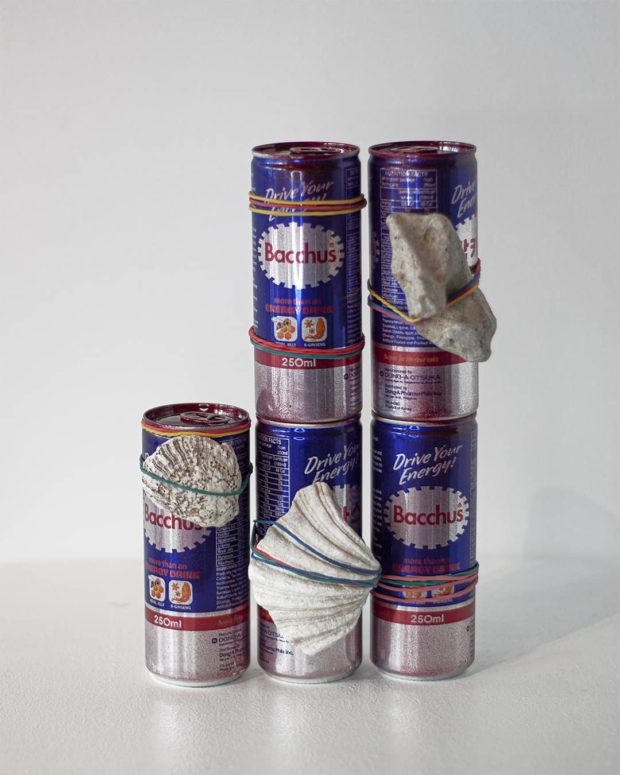
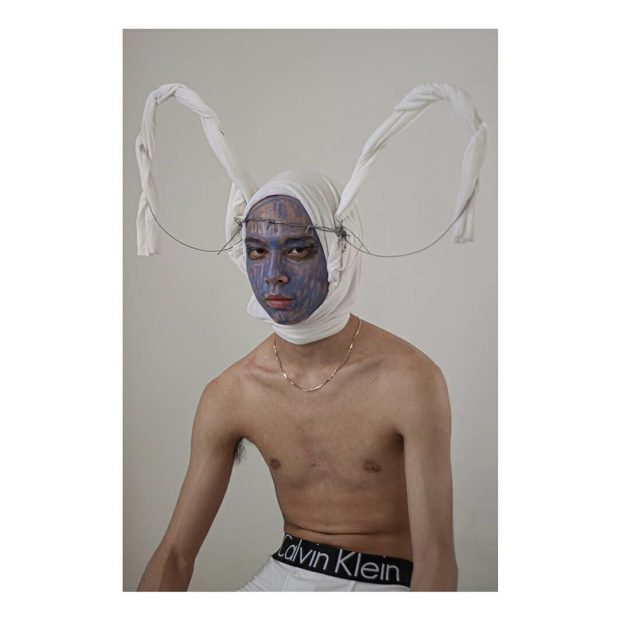

In this show which fellow artist’s work resonated with you or your own practice the most, and why?
Wipo: I think we unconsciously influenced each other for this exhibition and for me that’s the essence of group shows.
Celine Lee: [Miguel’s] work because we had collaborated just last year for a virtual exhibition entitled, “Disruption of Frequencies”. I feel like both of our bodies of work lean towards exploring technology; he explores its implications, whereas I try to explore welding it to its foundations.
Pam Quinto: I think everyone’s work somehow intersected with my work, and overall our works turned out being interweaved with each other. Wipo’s take on perception ties in with the lenticular execution of my images, the errant shifts within scenes in a way responded to Miguel’s take on the passage of time. Celine and I both took on navigating or visualizing dreamscapes. And in hindsight, a few passages from my anecdotes echoed some of the lines from Jed’s poem.
Miguel Uy: I really couldn’t say which fellow artist has resonated with my own work or practice but looking at it (the whole exhibition and the works themselves) in a formalist and conceptual perspective or approach, I think there’s this fragmented and deconstructive quality in our works that somehow are common and resonate with each other.
Jed Gregorio: Everyone’s, in different ways. For example Pam’s and Celine’s works are like in opposite sides of the scale spectrum, but I admire the subtleties those works share; how Celine’s landscape undulates, and how Pam’s photos are constantly shifting, like sand in a desert. With Miguel’s and Wipo’s works, I admire the clarity of what they are able to communicate with abstract forms. I aspire for those qualities in my own work.
With the rise in popularity of online and virtual exhibitions, how important for you is the physical exhibition space, in terms of making and seeing art?
Wipo: We always consider how the viewers experience our works in actual spaces, by the way they communicate through senses and how they perceive the works differently.
Celine Lee: Just last year I did a solo exhibition, “The Length and Breadth of Depth”, held at Underground Gallery exploring the same question. I scanned and modeled canvases based on my paintings, then 3D-printed them. The 3D-printed versions were shown at the physical space of the gallery while the paintings were only seen online.
I still prefer seeing and experiencing art physically. Like I said earlier, I sometimes work with the architecture of the space before I come up with the piece/s. Working in a physical setting is like working with an independent variable and the work is the dependent variable. In a virtual space, however, so much can be manipulated easily already that these variables can interchange constantly. It can be daunting and exciting altogether. Suffice to say, I am very much open to this new platform of online experience, especially if these virtual spaces go beyond a white cube setting.
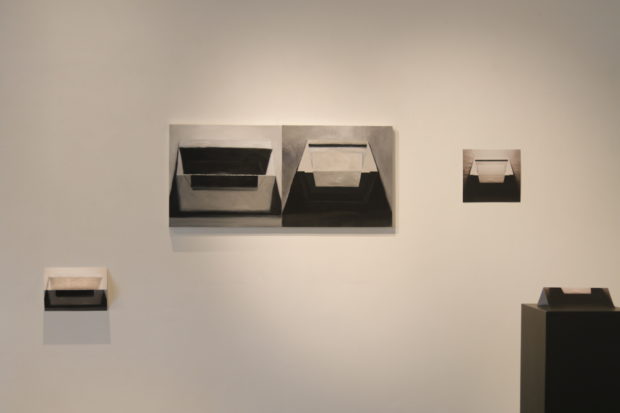

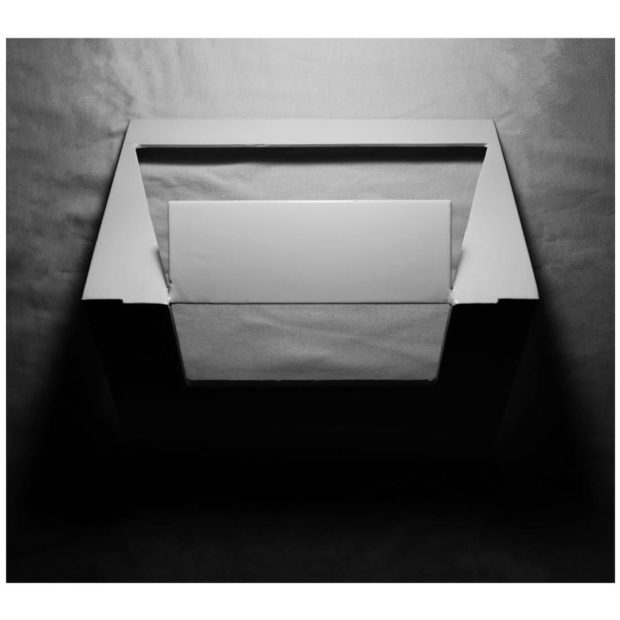
Pam Quinto: Tactility and intimacy underlie my practice, so the phenomenology of the work is something that I factor in. How the audience encounters the work is imperative. The palpable experience of creating and seeing art is a different experience from works being mediated by screens.
Miguel Uy: I think having a virtual exhibition is as equally as important to mounting a show physically. Virtual exhibitions are recently becoming mainstream and I think there’s great potential in its quintessence similarly with the physicality of physical exhibitions. As the coronavirus pandemic is still ongoing, a significant number of people do not have the means to travel and visit physical exhibitions. Virtual exhibitions somehow filled that hole and opened up new possibilities of different ways to experience art. For me, physical and virtual exhibition spaces are equally as important today but they sit on the opposite ends of the spectrum. One kind cannot not truly satisfy a sensory or perceptual experience as the other one could.
As for this group show, as it is a physical exhibition, the works are tangible and exist with form and scale, experiencing it physically is what I strongly recommend.
Jed Gregorio: This past year I think have come to understand the physical and the virtual as less of a dichotomy and really as two sides of the same coin. The challenge for me is how to make the exercise of differentiating them or acknowledging their intersections ultimately productive for me, and for the momentum of my practice. Having said that I think it would be nice to see the show in person, if you can. There is no use defending that experience, we all know it’s better.
The group exhibition “Dream Sequence” is currently on view in Modeka Art Gallery. The show runs until July 19.


